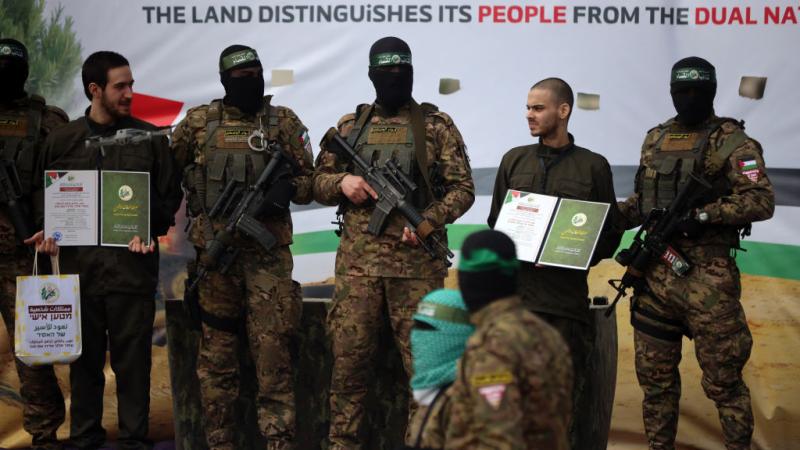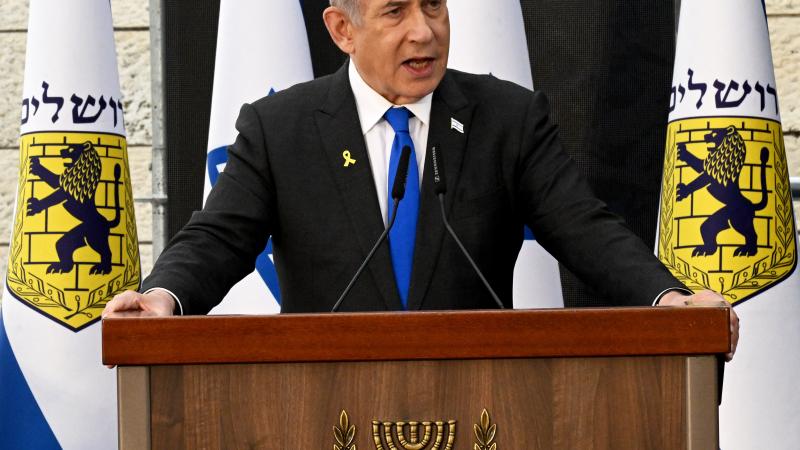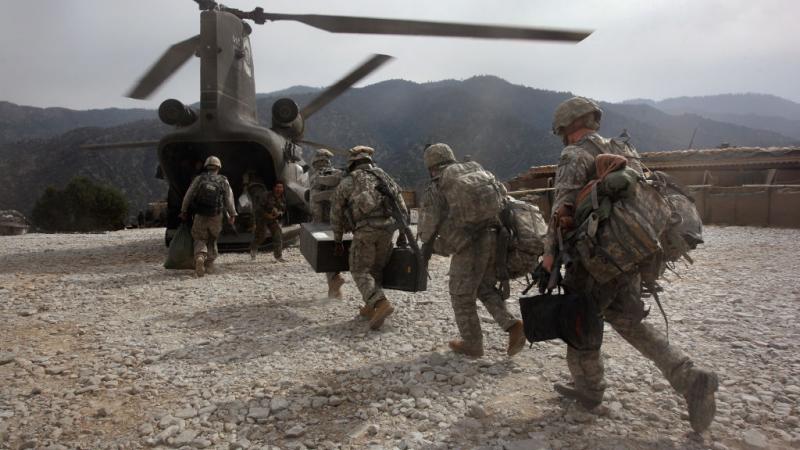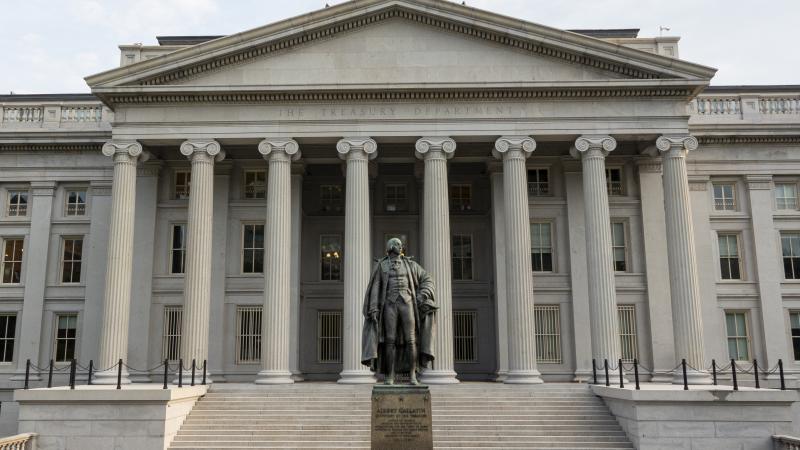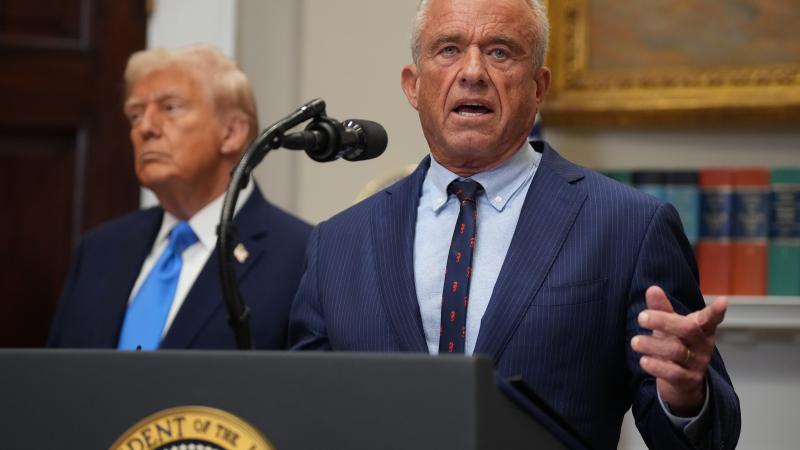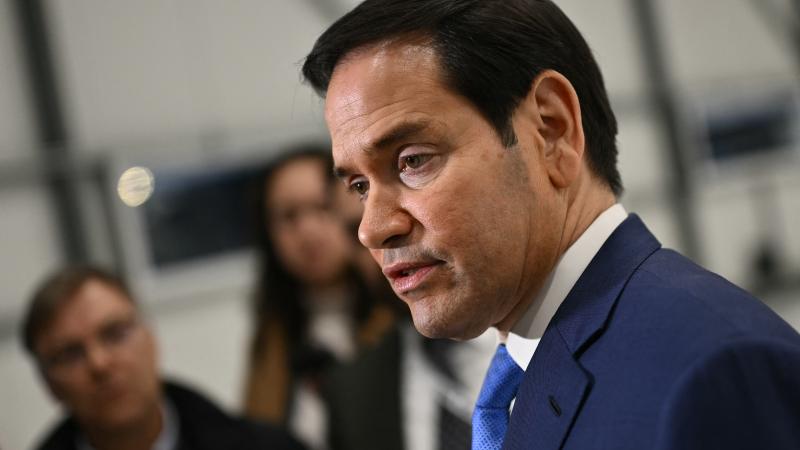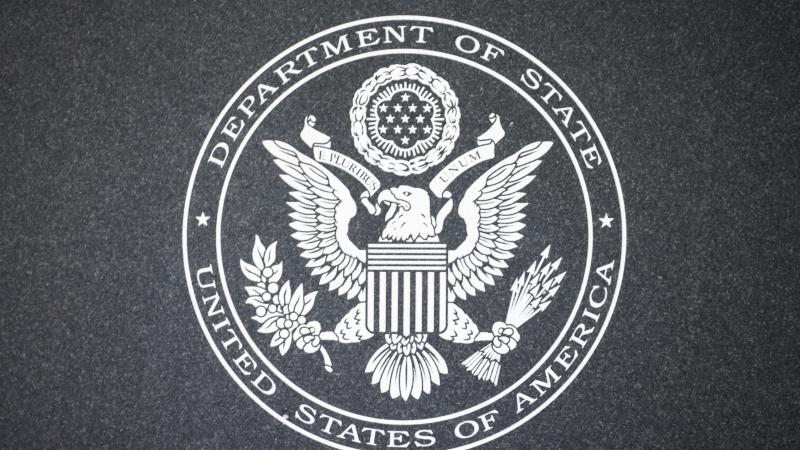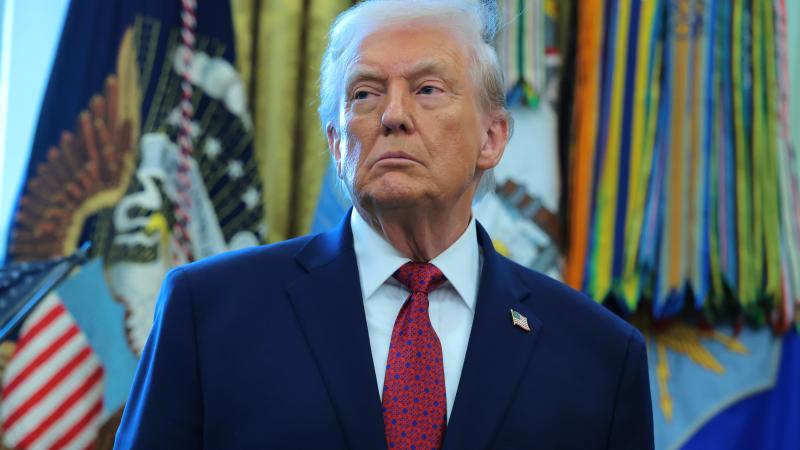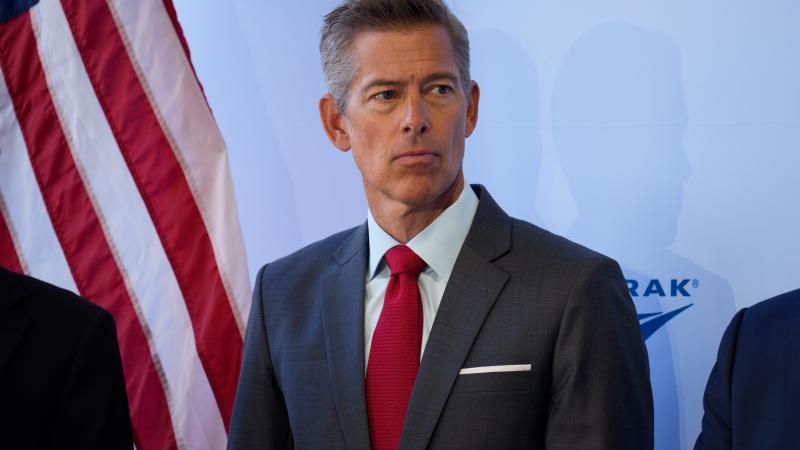Iran has 'no identifiable route' to enrich uranium, nuke experts assess
The assessment marks the first independent expert confirmation that the U.S.-Israeli airstrikes did deliver a major setback to the Islamic Republic’s nuclear weapons program.
A group of independent nuclear proliferation experts assessed that Iran no longer has a pathway to enrich uranium for nuclear weapons, confirming a major setback for the Islamic Republic following the joint U.S.-Israeli action to eliminate its nuclear program earlier this year.
The independent analysis of the evidence gathered by the International Atomic Energy Agency since the attack confirms what U.S. President Donald Trump said in the wake of the strikes.
The assessment from the Institute for Science and International Security, based on evidence from the International Atomic Energy Agency, found that the military strikes had “destroyed” the Iranian regime’s gas centrifuge enrichment program, hampering its ability to produce weapons-grade uranium, the key component of a nuclear bomb.
No capacity to make weapons-grade uranium
“With the massive destruction of its gas centrifuge program and installed centrifuge cascades, for the first time in over 15 years, Iran has no identifiable route to produce weapon-grade uranium (WGU) in its centrifuge plants,” the Institute reported.
You can read the assessment below:
As a result, this is the first time in 15 years that the group, which regularly analyzes reports from the International Atomic Energy Agency on the Iranian nuclear weapons program, has not included a “breakout” estimate for weapons-grade uranium. The IAEA is a United Nations agency that monitors nuclear proliferation globally.
“Iran has no identifiable route to produce weapon-grade uranium in its centrifuge plants,” David Albright, the Founder and President of the Institute, said in a post to social media announcing the findings. Before founding the Institute, Albright worked closely with the IAEA from 1992 to 1997. During that time, he became the first non-governmental inspector of Iraq’s nuclear program.
Albright led a team of researchers and nuclear weapons experts who analyzed data from the International Atomic Energy Agency about the status of the Iranian regime’s nuclear capabilities. The report was coauthored by Albright, Sarah Burkhard—a nuclear proliferation expert—and Andrea Stricker, a nonproliferation research fellow at the Foundation for Defense of Democracies.
Iran's stockpile predating the airstrikes
The only question that remains, according to the assessment, is the location and fate of Iran’s existing stockpile of enriched uranium that the country built up in the years and months before the strike. There is speculation about whether Iran was able to move its stockpiles of nuclear materials, which it stored at facilities in Natanz, Fordow, and Isfahan. Those locations were hit in "Operation Midnight Hammer" on June 22.
“There are no indications that Iran moved stocks outside of these three sites, but the exact location and amounts of enriched uranium within facilities at the sites is unknown,” the Institute wrote.
In the months leading up to the strikes, the Iranian regime had significantly ramped up its efforts to enrich uranium to near-weapons-grade levels, reducing the amount of time that it would take for the country to achieve a breakout—the point at which the regime could produce a nuclear weapon.
After negotiations over the future of its nuclear program failed, the United States specifically targeted the regime’s enrichment capabilities as part of a strike on several Iranian facilities.
In a press conference shortly after the American strikes, President Trump vowed that he would bomb Iran again “without question” if intelligence assessments showed that the country still possessed the capacity to enrich uranium.
Trump: "The strikes were a spectacular military success"
The Institute’s assessment of IAEA’s evidence is the first independent, non-government confirmation of President Donald Trump’s reassurances that the U.S. strikes on Iran in June had in fact achieved that primary aim—preventing Iran from further enriching the key nuclear fuel.
"Our objective was the destruction of Iran's nuclear enrichment capacity and a stop to the nuclear threat posed by the world's number one state sponsor of terror," Trump said in a nationally televised address. "Tonight, I can report to the world that the strikes were a spectacular military success."
Little access to on-the-ground information
"Iran's key nuclear enrichment facilities have been completely and totally obliterated [...] There's no military in the world that could have done what we did tonight, not even close,” the president declared.
Because Iranian President Masoud Pezeshkian halted the country’s cooperation with the IAEA shortly after the strikes, the nuclear watchdog group notes that international observers have little access to on-the-ground information about the state of the country’s nuclear facilities. Their assessments come primarily from commercial satellite data, the report says.
On Wednesday, the U.N. body said that it had agreed on “practical modalities” to resume inspection activities in Iran in a deal that was brokered by Egypt. The development comes after France, Germany and the United Kingdom notified Iran that they would reimpose UN “snapback” nuclear sanctions under the 2015 Iran nuclear deal over the country’s noncompliance.
